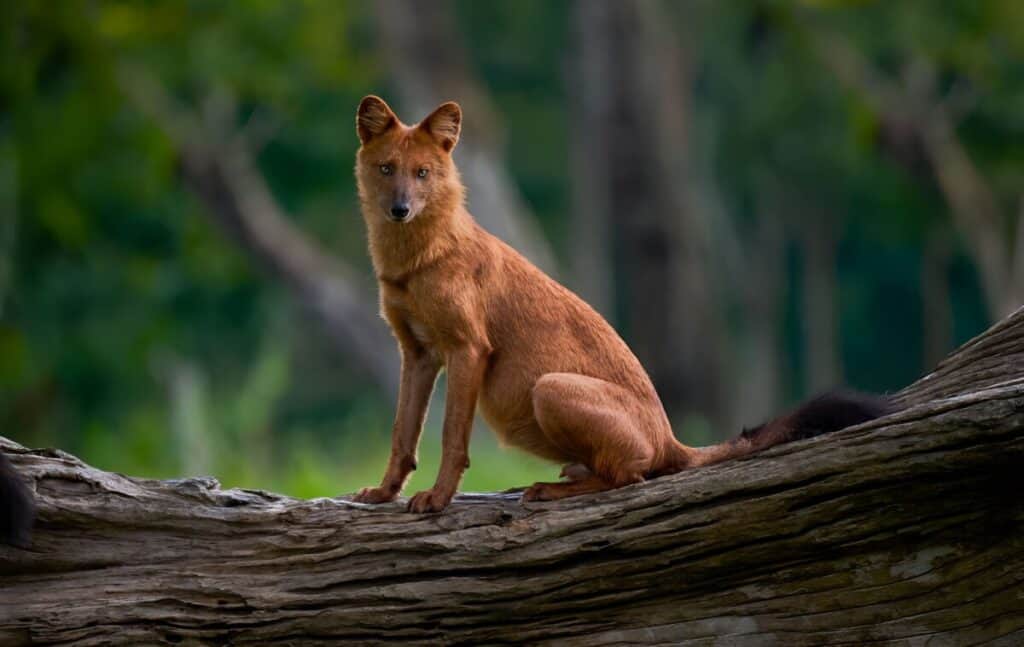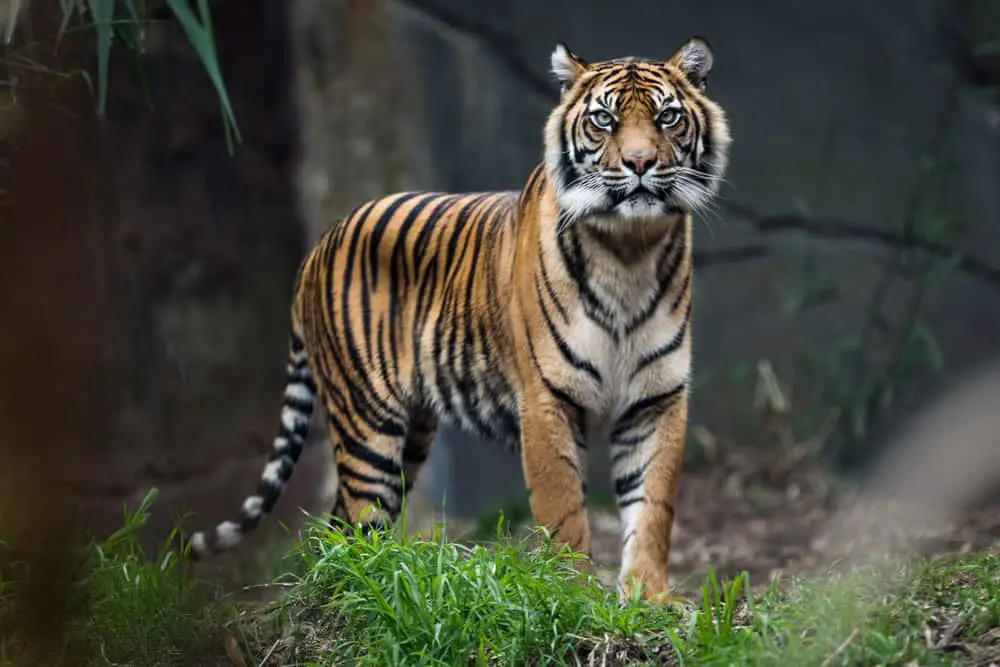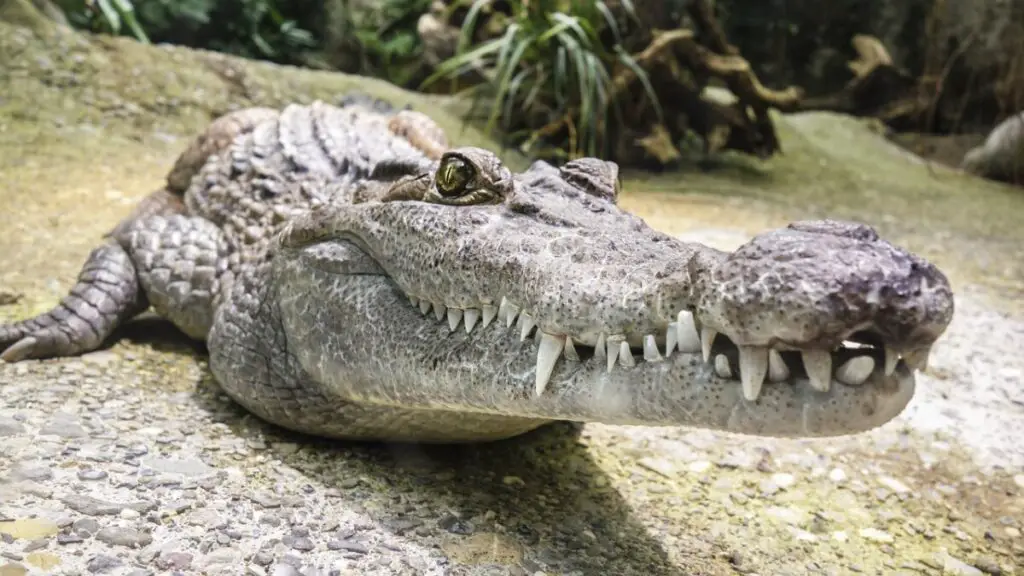The dhole is a medium-sized wild dog species found in South and Southeast Asia. Dholes are known for their pack hunting behavior, which allows them to prey on larger animals such as deer and wild boars. Despite being skilled hunters themselves, dholes have several predators that pose threats to their survival.
Understanding the predators of dhole is crucial for conserving this endangered species. The presence of natural predators can help regulate the population size of any given species. Furthermore, knowing the potential risks faced by dholes in the wild can aid conservation efforts by enabling researchers to develop effective strategies for protecting these animals from harm.
This article aims to provide an overview of the various predators of dhole, including both common and rare threats they face in order to better understand how we can protect them.

The Role Of Natural Predators In Ecosystems
The importance of predator-prey relationships in ecosystems cannot be overstated. Predators play a crucial role in regulating the populations of their prey, which in turn impacts the entire food chain.
Without predators, herbivores could overgraze and damage habitats, while their own populations might become unsustainable due to limited resources or disease outbreaks.
One such predator is the dhole (Cuon alpinus), also known as the Asiatic wild dog. Native to Asia, these social canids are skilled hunters that primarily feed on small to medium-sized ungulates like deer and boars. However, they are not immune from predation themselves; young pups may fall victim to large carnivores like tigers or leopards.
Unfortunately, human activities such as habitat loss and hunting have led to declines in dhole populations across much of their range. If this trend continues and dholes were to go extinct, it would undoubtedly have far-reaching consequences for ecosystem dynamics and potentially even lead to imbalances within certain trophic levels.
Apex Predators Of The Dhole
The dhole, also known as the Asiatic wild dog, is a social predator commonly found in Asia. Despite being an apex predator within its habitat, it still has natural enemies that pose a threat to its population.
The main predators of the dhole are tigers and leopards which can prey on them individually or as a pack. Other potential threats include crocodiles, pythons, eagles, and humans who hunt the animal for their fur and body parts.
Conservation efforts for dhole populations have been implemented due to the decline in their numbers over recent decades. Organizations such as Wildlife Conservation Society (WCS) have initiated programs to monitor these animals’ populations and protect their habitats.
One notable effort involved WCS partnering with local communities in Thailand’s Western Forest Complex to establish wildlife corridors that allow safe passage for dholes between protected areas. Additionally, laws against hunting these animals have been established across several countries where they are native species.
It is important to continue conservation efforts for dholes to ensure that this unique species does not go extinct due to human activity or predation by natural enemies. By protecting their habitats and regulating hunting practices, we can help maintain healthy populations of these predators in their ecosystems without endangering other wildlife or ourselves.
Human Threats To Dhole Populations
Having discussed the apex predators of the dhole in the previous section, it is important to examine human threats to their populations.
Despite being an endangered species, dholes are still hunted by humans for their fur and body parts that are used in traditional medicine. Poaching continues to be a significant threat to dhole populations, especially in areas where there is poor law enforcement.
To combat poaching and protect dholes from other human-related threats, effective measures must be put into place. One of these measures involves increasing efforts towards poaching prevention through education and awareness programs aimed at reducing demand for dhole products.
In addition, habitat preservation initiatives can also play a crucial role in protecting this species as they require vast forested areas for survival. By ensuring the protection of natural habitats and promoting sustainable land-use practices, we can help ensure that future generations will continue to admire this incredible animal.
In summary, while much has been done to address some of the challenges facing dholes today, more needs to be done if we hope to preserve them for future generations. By preventing poaching activities and preserving their habitats, we can ensure that these fascinating creatures remain a vital part of our planet’s biodiversity.

Tigers And Leopards
Tigers and leopards are among the largest predators that share similar habitats with dholes. These big cats pose a serious threat to the survival of dhole populations in their natural range, as they prey on these wild dogs for food. The sheer size and strength of tigers and leopards give them an advantage over dholes in predatory encounters.
Despite being threatened by large felines, dholes have developed tactics for defense against such formidable predators. They often hunt in packs to increase their chances of success when defending against tigers or leopards. Additionally, they work together to fend off attacks from larger animals, even if it means sacrificing some members of the pack to save others.
Despite their best efforts, however, dhole populations continue to decline due to predation by large carnivores like tigers and leopards. This has a significant impact on prey populations as well since there is less competition for resources with fewer predators around.

Crocodiles And Pythons
Crocodiles and pythons are known to be apex predators in various ecosystems. These reptilian species have unique hunting tactics that allow them to survive in their respective habitats.
In some areas, dholes may encounter these predators as they hunt for prey. Dhole habitat ranges from dense forests to open plains, making it possible for them to come across crocodiles or pythons while searching for food.
Crocodiles usually reside near bodies of water and ambush their prey by waiting patiently underwater until an unsuspecting animal comes close enough to catch. Pythons, on the other hand, use constriction as a means of killing their prey. They wrap themselves tightly around their victim until suffocation occurs.
The behavior of both crocodiles and pythons presents significant dangers to dholes who may fall into traps set by these predators during their hunts.
Strategies For Protecting Dhole Populations
To ensure the survival of dhole populations, it is crucial to understand their natural predators.
Dholes face a range of threats from larger carnivores such as tigers and leopards in addition to other potential competitors like bears and wolves. This makes them vulnerable to predation, especially when they are hunting smaller prey that these animals may also be interested in.
Conservation efforts for dholes have focused on habitat restoration through reforestation and protection of existing forests. These measures aim to increase the availability of suitable habitats for dholes while reducing competition with other large carnivores.
Additionally, conservationists are working to reduce human disturbance by establishing protected areas where dholes can live without interference from humans or domesticated livestock. By implementing effective management practices, we can help prevent further decline of dhole populations and support healthy ecosystems that benefit both wildlife and local communities.
Conclusion
Natural predators play a vital role in maintaining the balance of ecosystems by regulating prey populations. Among these natural predators are apex predators such as tigers, leopards, and crocodiles that pose threats to dhole populations.
Additionally, pythons also contribute to the challenges faced by dholes in their habitats.
Despite the pressures from natural predation, human activities continue to be the greatest threat to dhole populations through habitat destruction, poaching for fur and sport hunting.
To protect dholes from further decline, conservation strategies must focus on preserving their habitats and implementing measures against illegal hunting practices.
The safeguarding of this species is critical not only for its survival but also for maintaining ecosystem stability.
Through concerted efforts between local communities, governments, and conservation organizations, we can help ensure the continued existence of this important predator.

